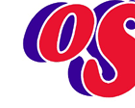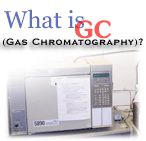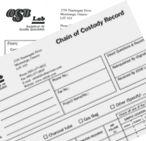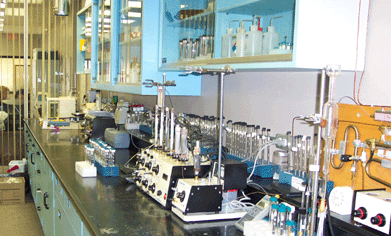 |
 |
 |
 |
 |
|
|
 |
 |
 |
 |
 |
|
|
|
volatile organic compounds
(VOCs) OSB SERVICES/OSB LAB |
|
 |
 |
 |
|
|
|
Services |
|
 |
|
|
|
-Indoor
Air Quality
-Emission Sources |
|
OSB
Lab started testing for volatile organic compounds (VOCs) in 1995. Based on previous experience, the partner chemists
of the firm determined that the potential of VOC analysis as an indicator
of air quality had not been developed adequately. Other laboratories
were reporting target lists founded in water and soil pollution characterization.
OSB Lab decided that air quality assessments required a custom approach
defining each individual situation with its own parameter list. Methods
were established to suit real air quality issues. The OSB team includes
chemists, environmental scientists, air quality consultants, industrial
hygiene and building science professionals. |
|
 |
|
|
|
-Environmental
Management |
|
|
|
|
|
-Indoor
Sampling
Programs
-Managing Indoor Air |
|
|
|
|
Quality
Lab |
|
|
|
|
-Technical Documents
-VOC
Analytical
Methods
-Chain of Custody |
|
|
|
|
|
Contact OSB |
|
|
|
|
|
|
Home |
|
|
|
|
|
| |
|
|
|
|
|
|
OSB
Services/OSB Lab
2759 Thamesgate
Dr.
Mississauga, Ontario
Canada L4T 1G5
Phone: 905 677 0022
Fax: 905 677 0029 |
|
|
|

|
|
|
|
OSB Lab
provides VOC analysis... |
|
|
-Analysis of gas bags, multisorbent tubes, charcoal tubes
and mixed media by
GC-MSD |
|
|
-Transfer procedures using adsorption thermal desorption (ATD) and Carbon
Disulphide (CS2) extraction |
|
| -Dilution
methods incorporate gas sample splitting using capillary critical orifices
at each transfer point |
|
| -Custom
product degassing and total water matrix purge and trap for special
applications |
|
| -Quantitation
using internal standards referenced to individual chemical response factors |
|
|
osblab@osbservices.com
osb@osbservices.com
Created by Aga
|
|
-TVOCs
reported similar to European researchers Molhave-Clausen recommendations
|
|
|
|
|
|
-USEPA
Compendium Methods TO-1, TO-2, and TO-17 |
|
|
-USEPA
SW846 Method 8260B compatible with Methods 0030 (VOST), 0031 (SMVOC),
0040 (Tedlar
Bags), and 5041A (VOST) |
|
| -USEPA
Method 18 – CFR 40 PART 60 Appendix A |
|
 |
| -NIOSH
Method 2549 with quantitation as well as identification |
| -NIOSH
Methods 1450, 1500, 1501 and 1003 CS2 extraction (MSD replaces FID) |
|
|
|
-SCAN
mode and SIM mode |
|
|
|
|
|
-Vinyl
Chloride SIM mode with MDL 0.014ng absolute |
|
|
|
|
|
-Target
list combination TO-14/EPA624/MOE available in SCAN and SIM modes for
special applications and detection
|
|
|
|
|
|
|
|
|
|
|
|
|
|
|
|
|
|
|
|
|
|
|
|
|
|
|
|
|
|
|
|
 |
|
|
|
|
|
|
|
|
|
|
|
|
|
|
|
|
|
|
|
|
|
|
|
|
|
|
|
|
|
|
|
▫TOP |
|
|
|
|











